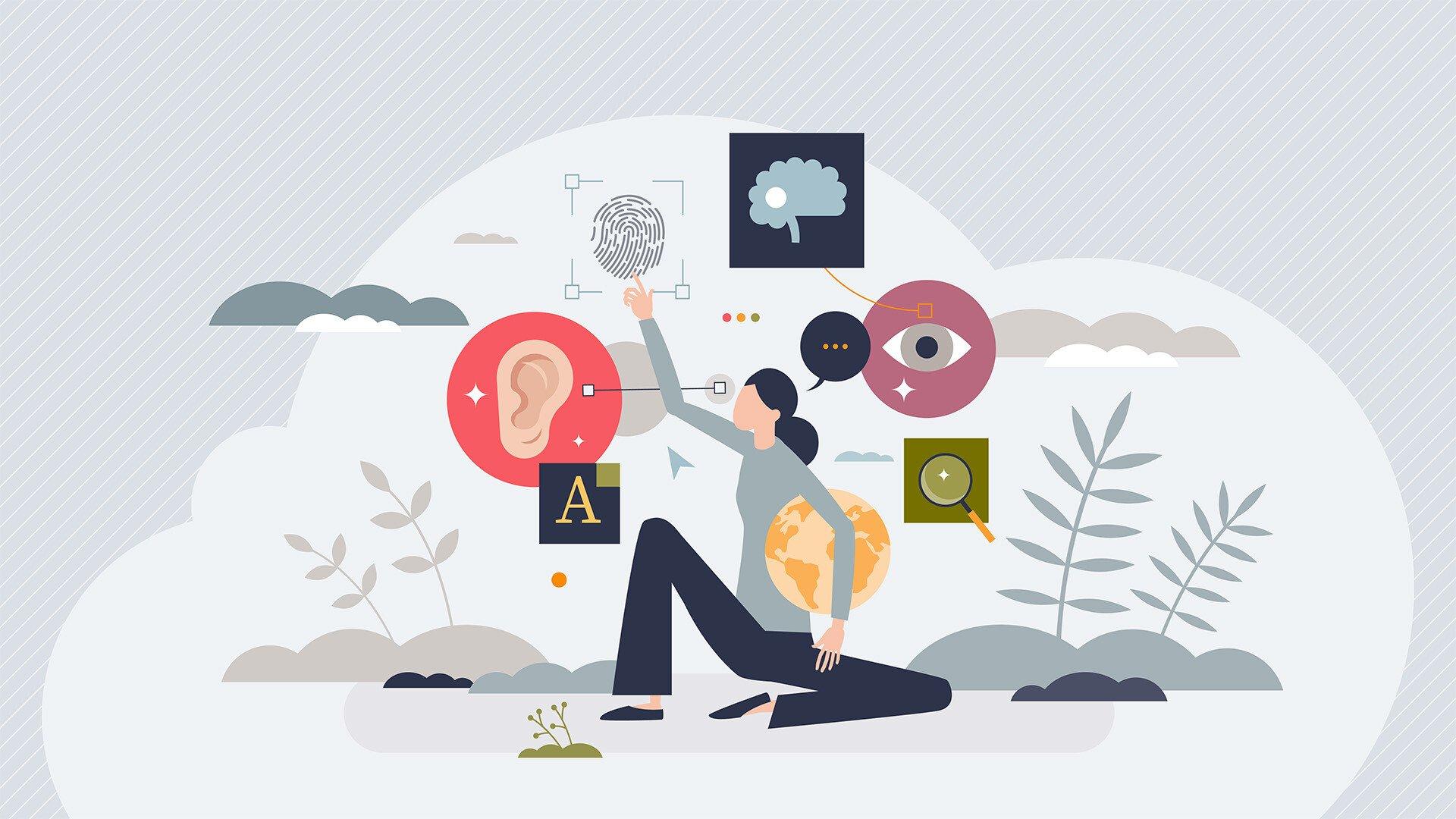Unlocking inclusive Learning: Essential Strategies for Ensuring Accessibility in Online Education
In today’s digital age, online education has revolutionized the way we learn and teach. With the rapid growth of e-learning platforms, it’s crucial to ensure that digital classrooms are accessible to everyone, nonetheless of thier physical, sensory, or cognitive abilities. Unlocking inclusive learning means making online education accessible, equitable, and empowering for all learners.This article delves deep into practical strategies, benefits, real-life examples, and expert tips to help you create accessible online learning environments.
Why Accessibility in online Education Matters
Ensuring accessibility in online education is not just about compliance—it’s about providing equal opportunities to learn. Whether students face visual, auditory, mobility, or learning challenges, accessible education platforms help break down barriers and unlock individual potential. Here are some compelling reasons to prioritize accessibility:
- Legal and Ethical Duty: Laws such as the WCAG and the ADA mandate accessible education for all.
- Broader Reach: Inclusive e-learning attracts diverse participants, expanding your audience base.
- Improved learning Outcomes: Accessible content benefits all students, including those using mobile devices and those with temporary impairments.
- Enhanced Reputation: Institutions known for inclusivity attract dedicated learners and top talent.
Essential Strategies for Accessible Online Learning
Here are proven, actionable strategies to ensure inclusive and accessible online education:
1.Follow Web Content Accessibility Guidelines (WCAG)
- Adhere to the latest WCAG 2.1 standards for all digital content.
- Ensure that your e-learning platform supports keyboard navigation, screen readers, and assistive technologies.
2. create Accessible multimedia and Course Materials
- Provide captions and transcripts for videos and audio materials.
- Ensure charts, images, and diagrams include descriptive alt text.
- Use sufficient color contrast and avoid conveying information by color alone.
3. Design user-Friendly, Navigable Platforms
- Keep navigation menus simple and consistent across pages.
- Implement clear, hierarchical heading structures (H1, H2, H3 tags) for better readability and screen reader compatibility.
- Offer keyboard-friendly shortcuts for all major interactions.
4. Offer Multiple means of Engagement & Representation (UDL Principles)
- Present material in various formats: text, audio, video, and interactive elements.
- allow learners to demonstrate understanding in multiple ways (writen, oral, practical).
- Provide adaptive content like adjustable font sizes and background colors.
5. Provide Extensive Instructor and Student training
- Educate instructors on how to create, deliver, and assess accessible content.
- Train students to utilize assistive technology and support resources effectively.
6. Foster an Inclusive Community culture
- Promote open communication and feedback about accessibility needs.
- Highlight success stories and encourage peer support among diverse learners.
Benefits of Implementing Accessibility in Online Education
- Wider Learner Participation: Reaches students with disabilities, older adults, non-native speakers, and more.
- Future-Proofing: Ensures readiness for new e-learning technologies and legislative changes.
- Improved User Experience: Accessible design enhances navigation and engagement for all users.
- Higher Completion rates: Students are more likely to finish courses when barriers are removed.
- Institutional Prestige: Demonstrates leadership and care for social responsibility.
Practical Tips & Tools for Inclusive Learning
- leverage Learning Management Systems (LMS) like Moodle or Canvas with built-in accessibility features.
- Integrate plugins or widgets to enhance accessibility (e.g., text-to-speech, dyslexia font toggles).
- Test e-learning experiences with actual users who have diverse needs.
- Regularly update and audit your content for new accessibility standards.
- Provide easy access to tech support and alternative format requests.
Recommended Accessibility Resources
Real-Life Case Study: Accessibility in action
In 2022, Evergreen University revamped its online learning platform to meet WCAG 2.1 standards. Staff received specialized training on inclusive syllabus design and multimedia accommodations. As an inevitable result, course completion among students with disabilities rose by 18%. Faculty reported increased engagement across their classes, highlighting the power of accessible design for all.
First-Hand experience: A Student’s Perspective
“Before my university adopted accessible online tools, I often struggled to keep up as a visually impaired student.Now, with screen-reader friendly materials and video transcripts, I feel empowered to participate fully in every lesson. The difference is truly life-changing.”
– Samira T., Online Learner & Accessibility Advocate
Conclusion: The Path to Truly Inclusive Online Learning
Unlocking inclusive learning is not a one-time checklist but a continuous commitment to accessibility in online education. By adopting these essential strategies, educators and institutions can foster equitable opportunities, meet diverse learning needs, and set new standards for digital learning. start by assessing your current practices, making incremental improvements, and embedding accessibility into your educational culture. Together, we can build online classrooms where every learner belongs and thrives.
Frequently Asked Questions (FAQs)
- What is accessible online education?
- Accessible online education ensures that all students, regardless of disabilities, have equal access to digital learning materials and experiences.
- Why are captions and transcripts significant in e-learning?
- They enable students with hearing impairments to follow along and benefit non-native speakers or learners in noisy environments.
- How often should I audit my courses for accessibility?
- Ideally, review and update your content at least once a year or whenever major changes are made to platforms or materials.
Looking to learn more about inclusive digital learning? Stay tuned for the latest updates, tools, and expert guides on building accessible education experiences.

